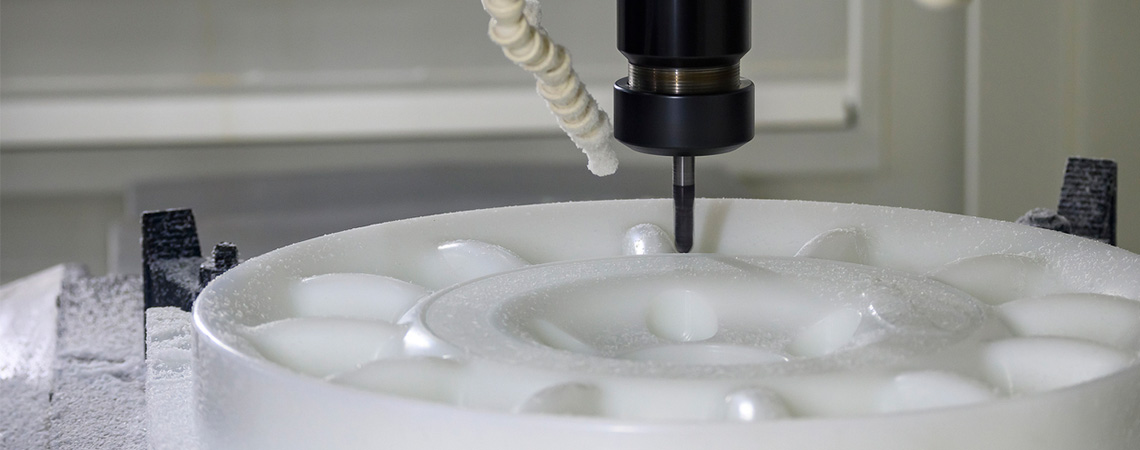Explore Our Extensive List of CNC Machining Options
CNC machined plastic parts require dedicated tools and parameters to ensure high-precision, durable products. CNC machining delivers notable benefits, such as quick turnarounds on prototypes, smoother part finishes, lower costs with automation, and more efficiency with fewer overall production steps.
The characteristics of the material may affect the tooling and types of processes used. Ensinger Precision Components has the experience to navigate these challenges and has extensive machining capabilities and some are detailed below:
- Drilling — The first process for machining holes with the size limited to the size of the drill bit
- Broaching — Used to enlarge a drilled hole and improve the quality of the finish
- Boring — This process uses a single-point cutting tool to enlarge a hole. The tool rotates, so the hole size is not limited by tool size
- Milling — A cylindrical cutter on an axis is use to shape flat surfaces, grooves, or other characteristics into the part
- Tapping — Creates a threaded hole for screws or bolts
- Reaming — This process smooths out an existing hole and removes much less material compared to drilling
